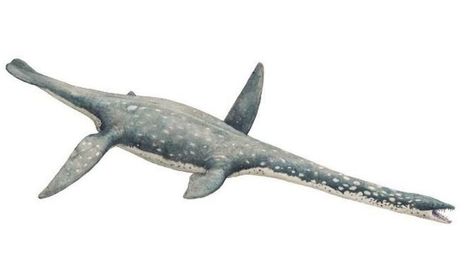
Melusine - Wikipedia
Melusine (French: ) or Melusina is a figure of European folklore, a female spirit of fresh water in a sacred spring or river. She is usually depicted as a woman who is a serpent or fish from the waist down (much like a mermaid). She is also sometimes illustrated with wings, two tails, or both.
The first mention of Melusina dates back to 1392 in a tale written by Jean d’Arras. The Duke of Berry, grandson of John of Luxembourg, known as John the Blind, commissioned the book recounting her legend.
At the same time many written and oral stories from long ago attest to the existence of a very beautiful woman who changed into a fish or snake woman in her bath. On being spied upon by her knight she would even transform herself into a dragon. This woman sounds incredibly like Melusina and her existence seem to go back thousands of years.
A LITERARY SAGA
As yet without a given name, Melusina was identified as a creature, a goddess, strange and often malevolent, half woman, half dragon, fish or snake. Her origins are lost in the mists of time.
She underwent many different metamorphoses, which are related in ancient texts and mythology (the saga of Gilgamesh, Ulysses’ Odyssey, Aphrodite and Anchises…).
In the Middle Ages the image of the snake-dragon woman underwent an important transformation. Under the influence of the Catholic Church she became a devil. She represented the sin of lust, and illuminated manuscripts show her brushing her long hair in front of a mirror. At mass priests warned their flock to beware her perversity: beautiful to look at but so diabolical! She can be recognised hiding her snake’s tail in the water.
Learn more / En savoir plus / Mehr erfahren:
https://www.scoop.it/t/luxembourg-europe/?&tag=History
http://aroundthestory.com/story/43



 Your new post is loading...
Your new post is loading...









The first mention of Melusina dates back to 1392 in a tale written by Jean d’Arras. The Duke of Berry, grandson of John of Luxembourg, known as John the Blind, commissioned the book recounting her legend.
At the same time many written and oral stories from long ago attest to the existence of a very beautiful woman who changed into a fish or snake woman in her bath. On being spied upon by her knight she would even transform herself into a dragon. This woman sounds incredibly like Melusina and her existence seem to go back thousands of years.
A LITERARY SAGA
As yet without a given name, Melusina was identified as a creature, a goddess, strange and often malevolent, half woman, half dragon, fish or snake. Her origins are lost in the mists of time.
She underwent many different metamorphoses, which are related in ancient texts and mythology (the saga of Gilgamesh, Ulysses’ Odyssey, Aphrodite and Anchises…).
In the Middle Ages the image of the snake-dragon woman underwent an important transformation. Under the influence of the Catholic Church she became a devil. She represented the sin of lust, and illuminated manuscripts show her brushing her long hair in front of a mirror. At mass priests warned their flock to beware her perversity: beautiful to look at but so diabolical! She can be recognised hiding her snake’s tail in the water.
Learn more / En savoir plus / Mehr erfahren:
https://www.scoop.it/t/luxembourg-europe/?&tag=History
http://aroundthestory.com/story/43